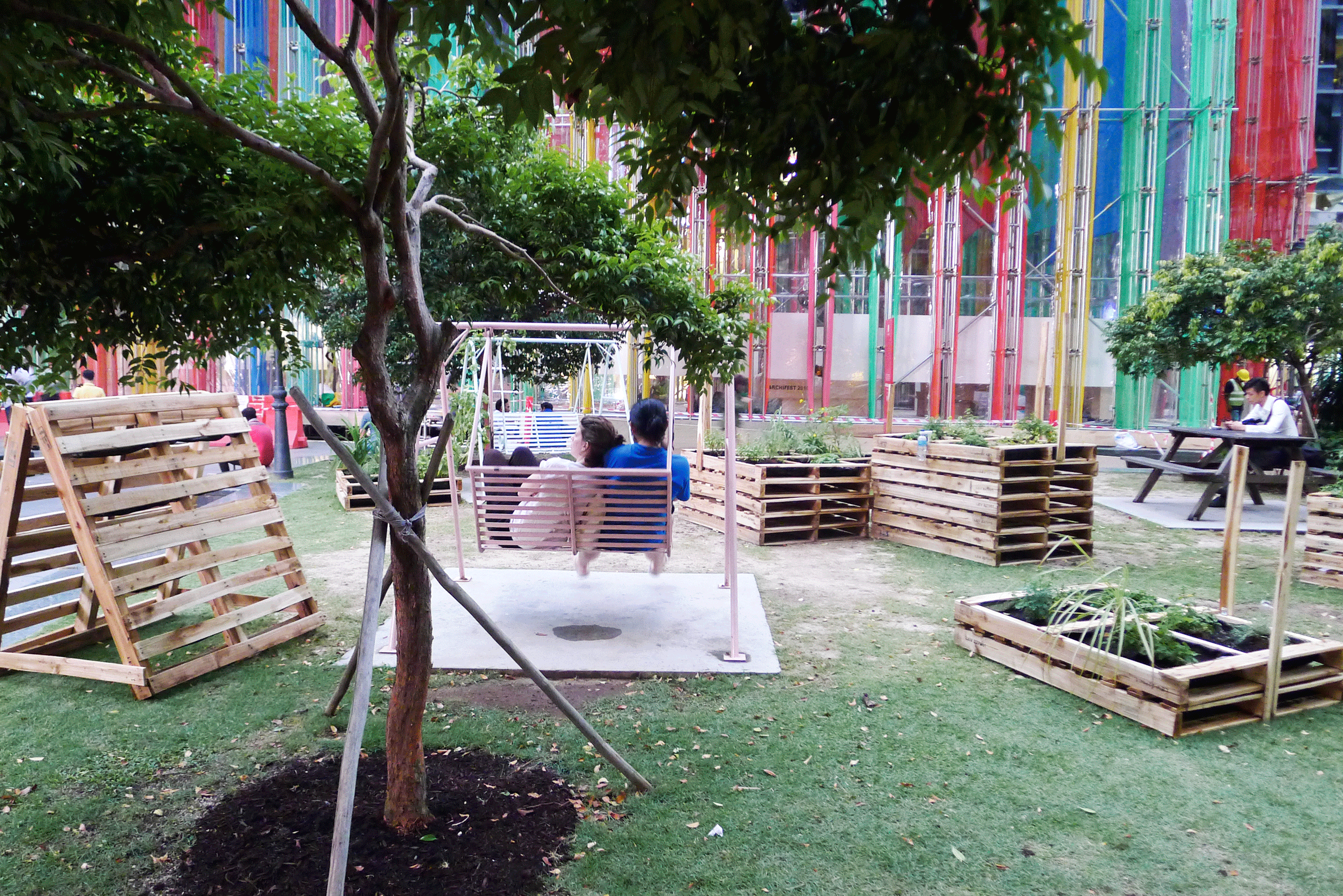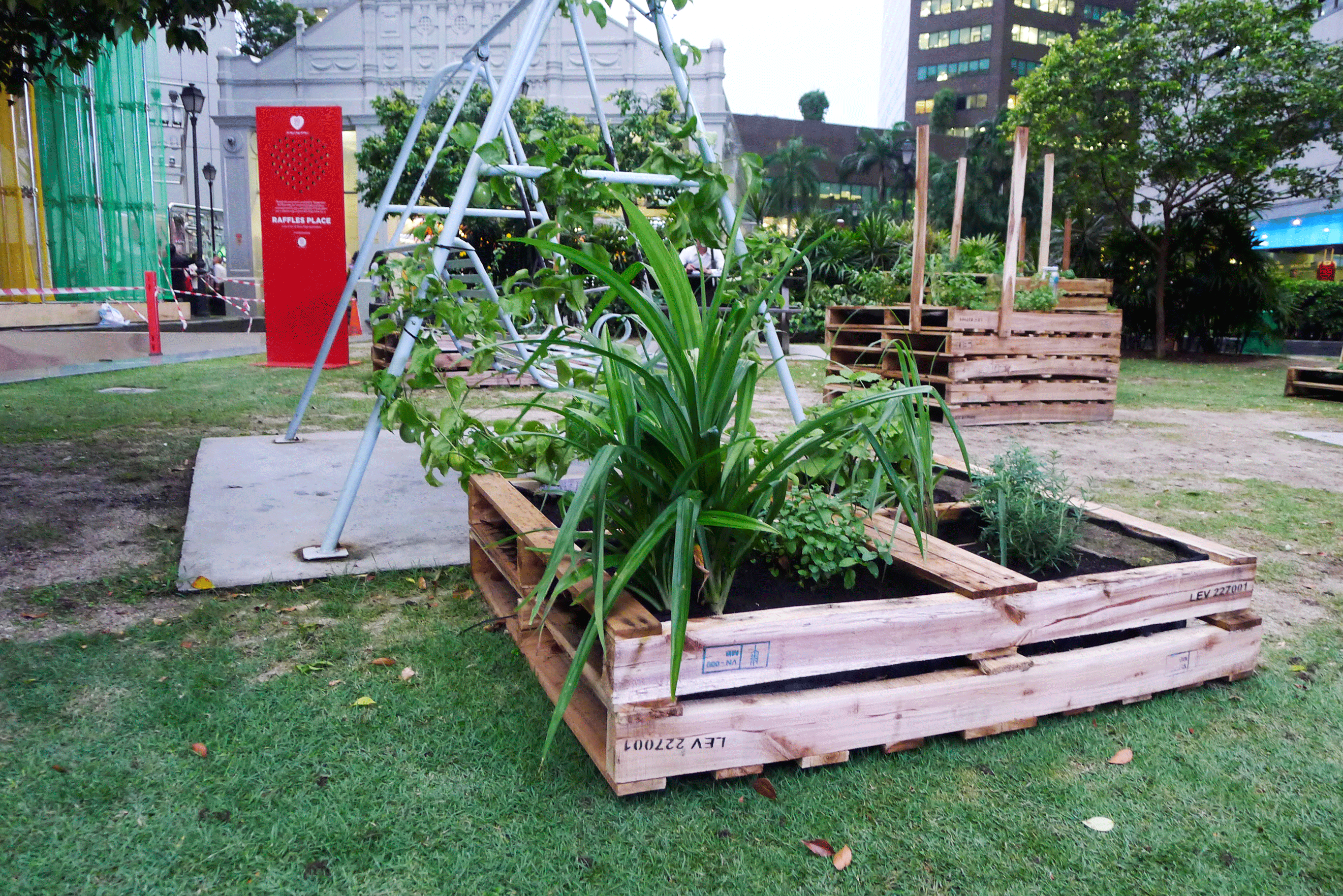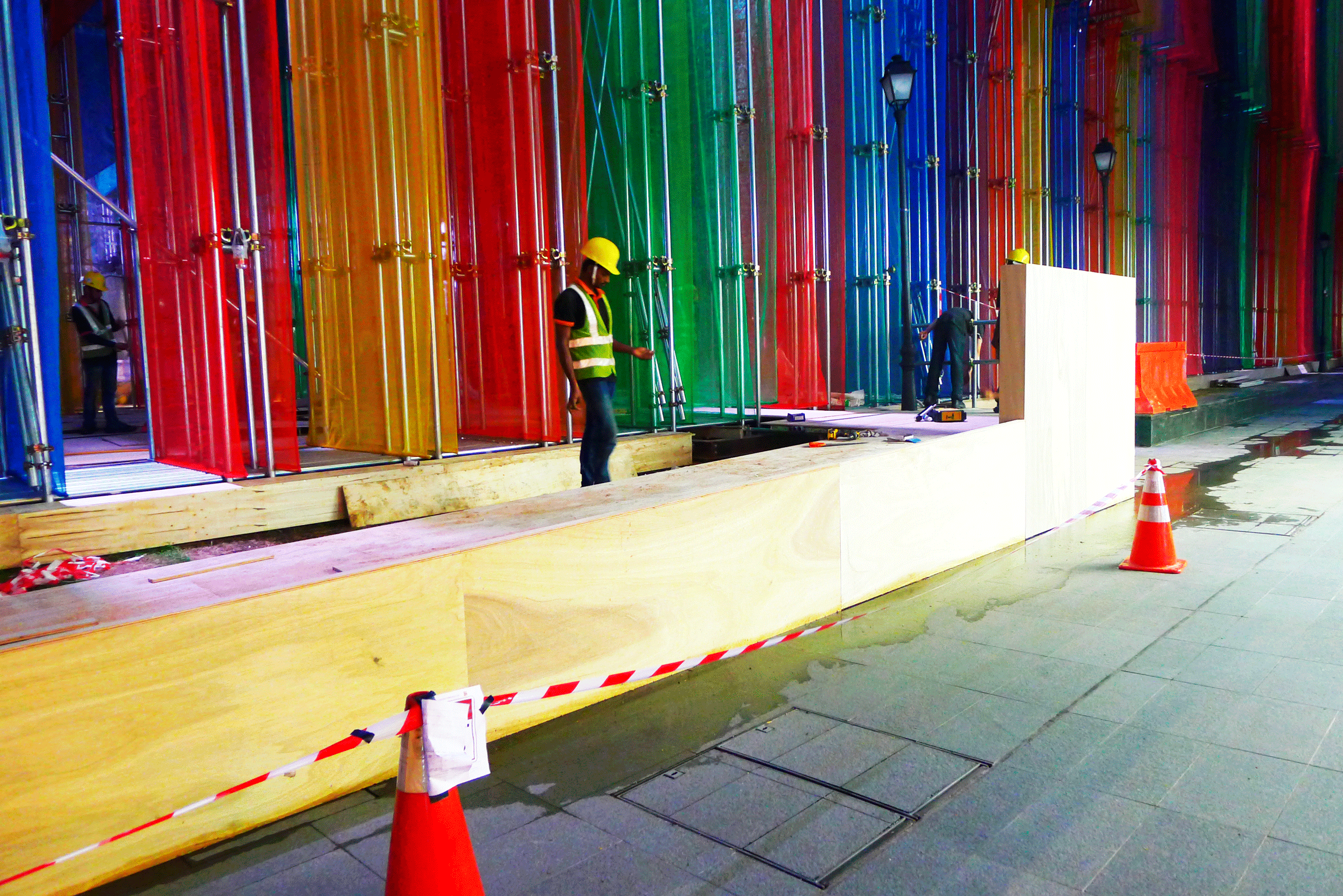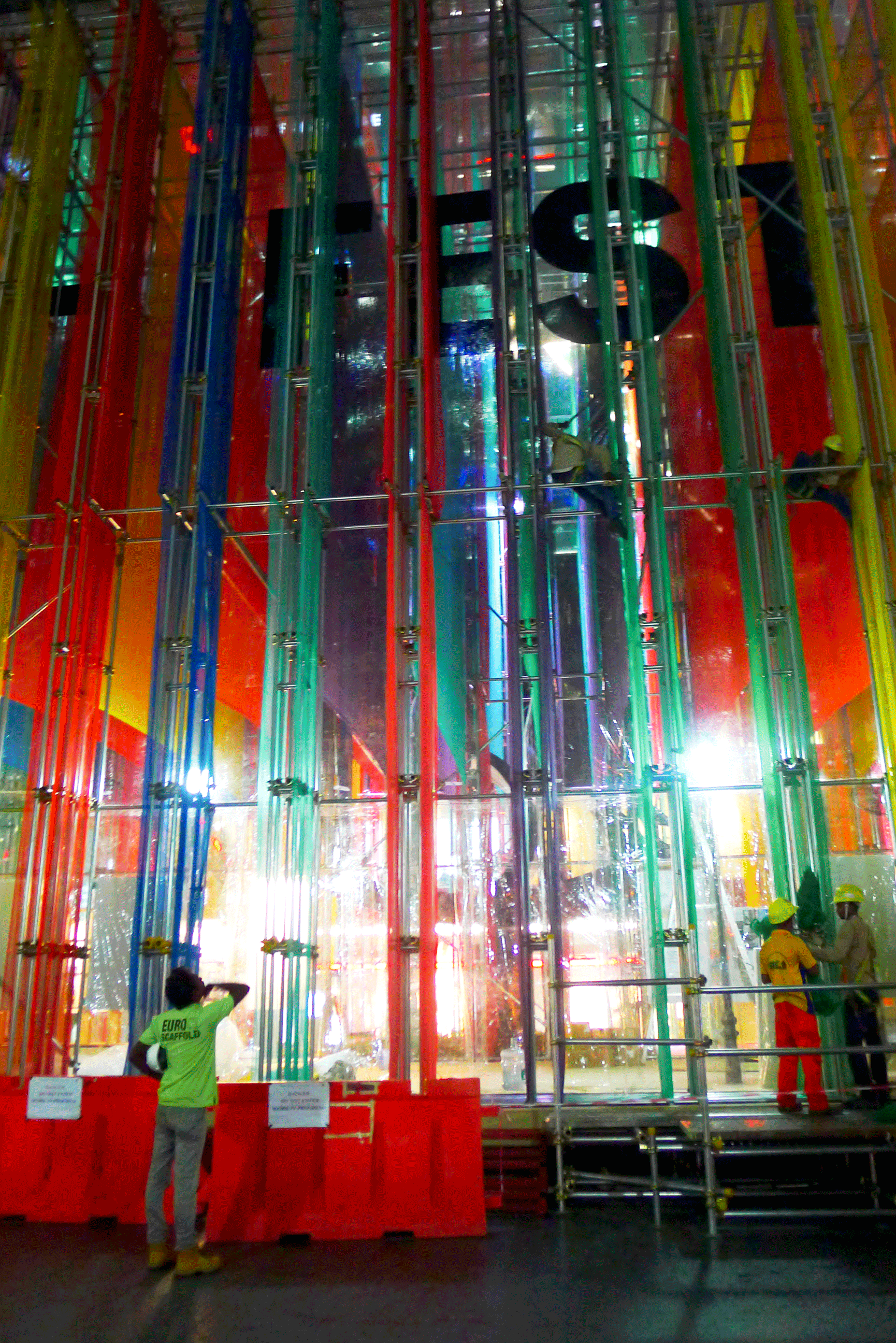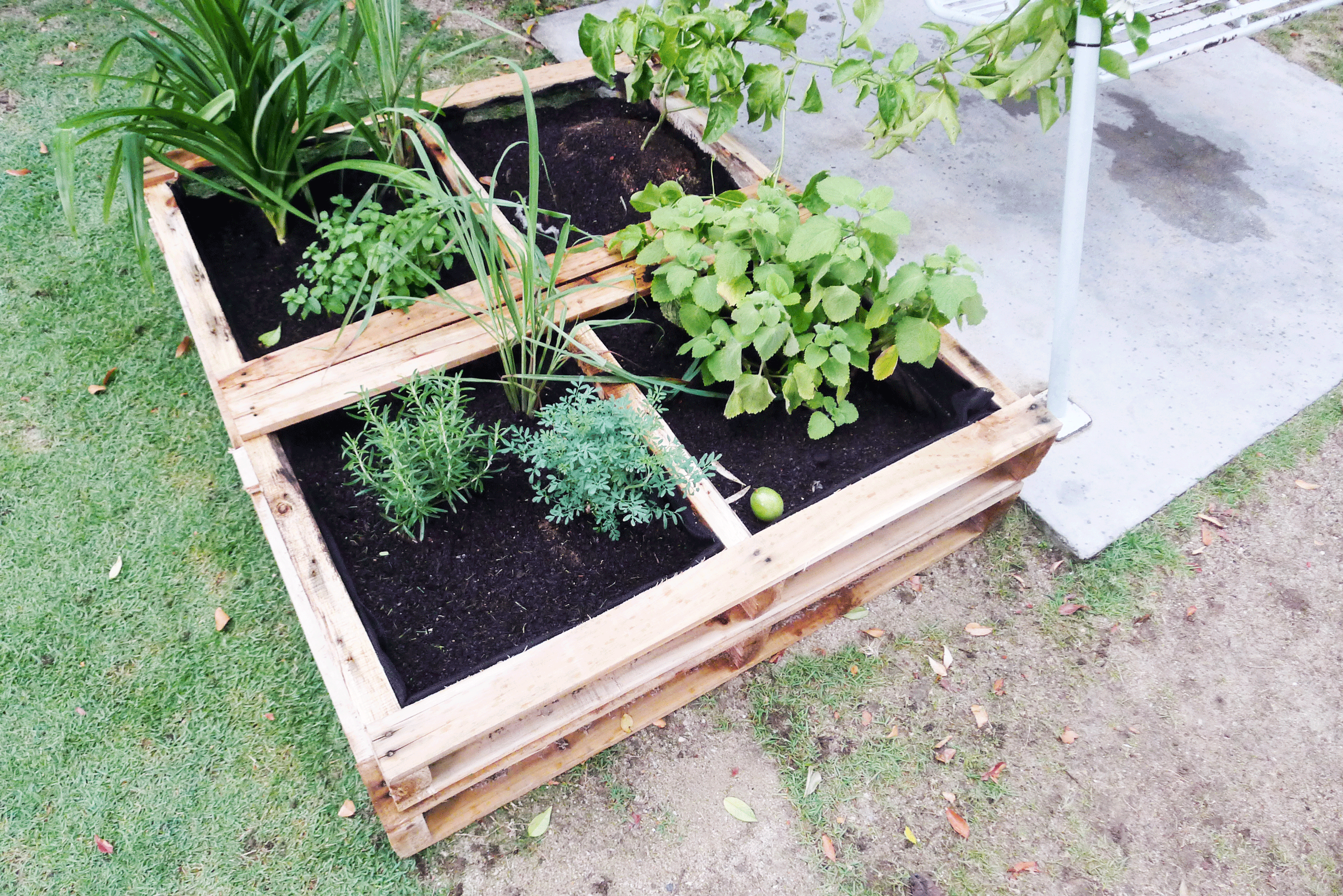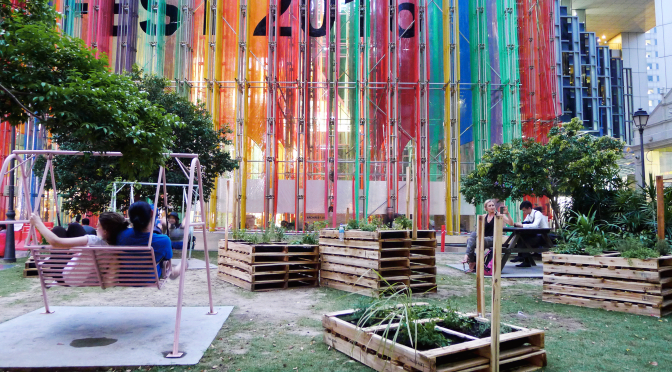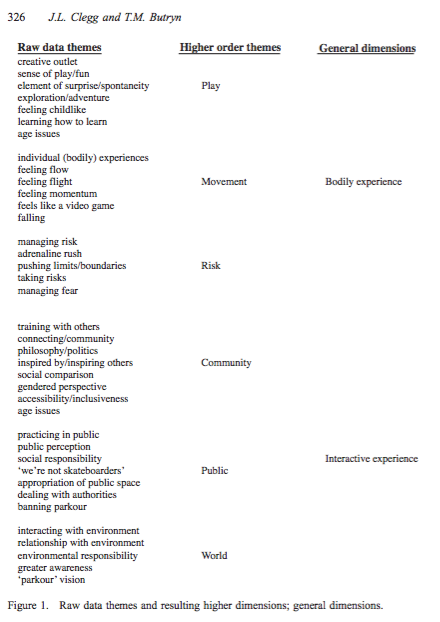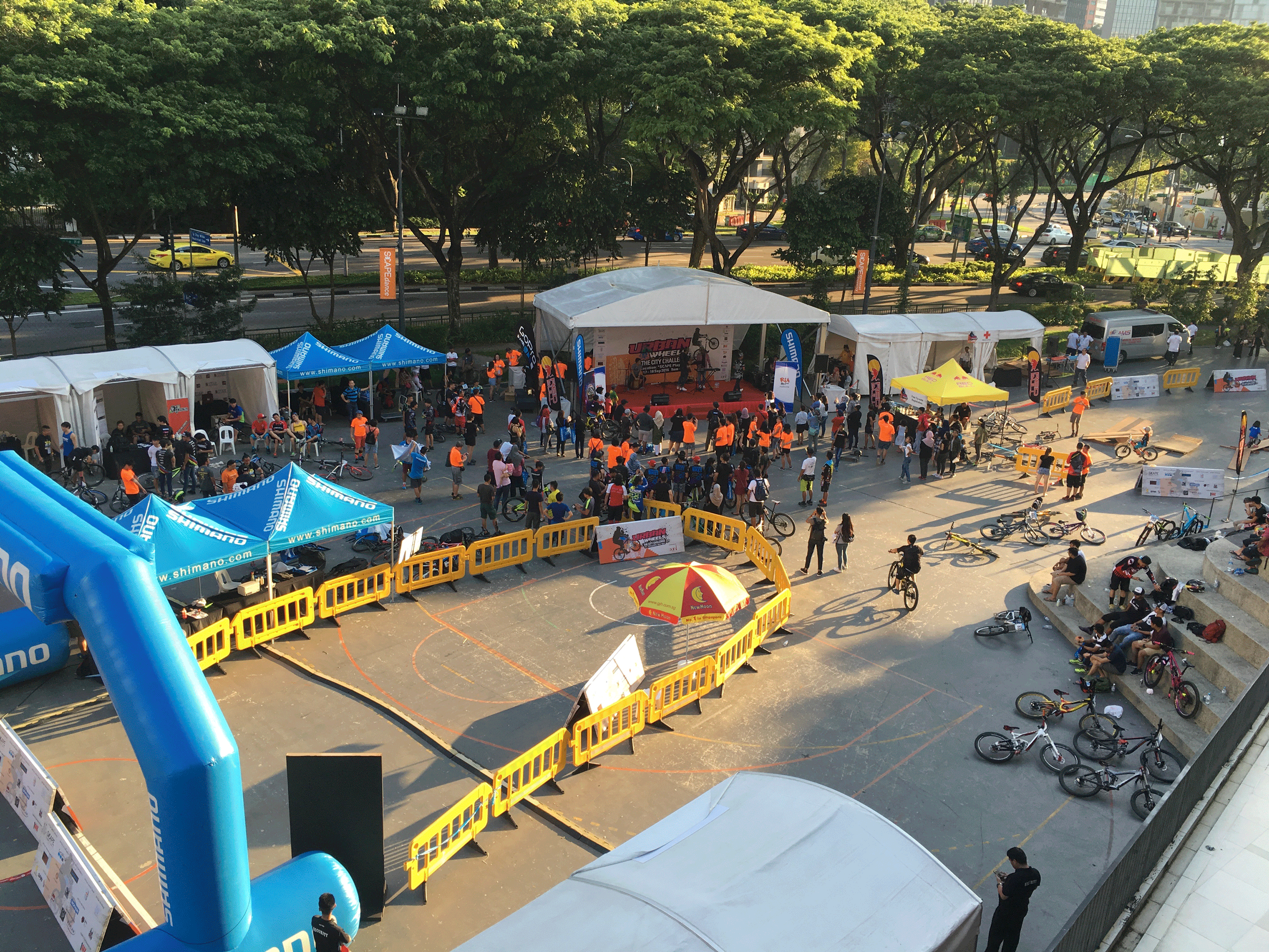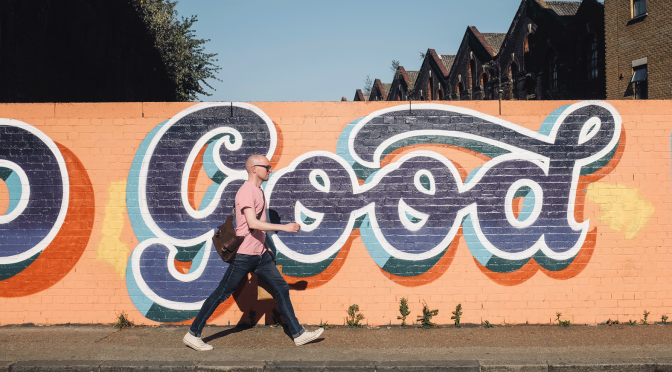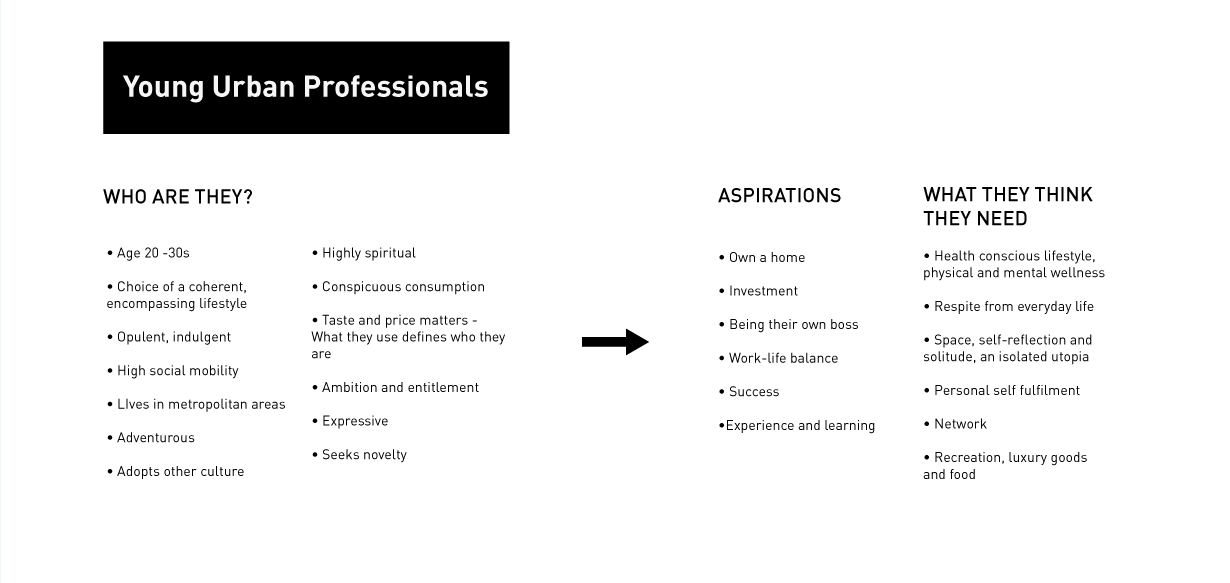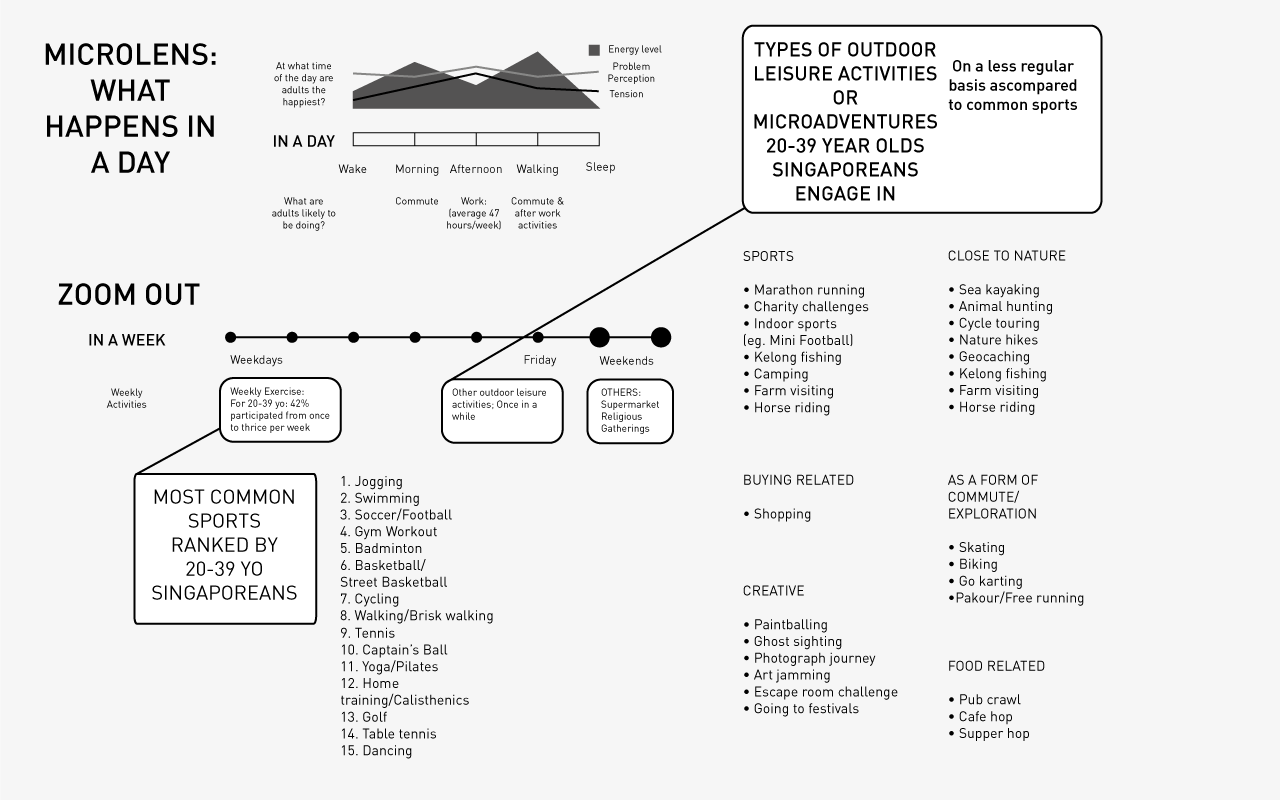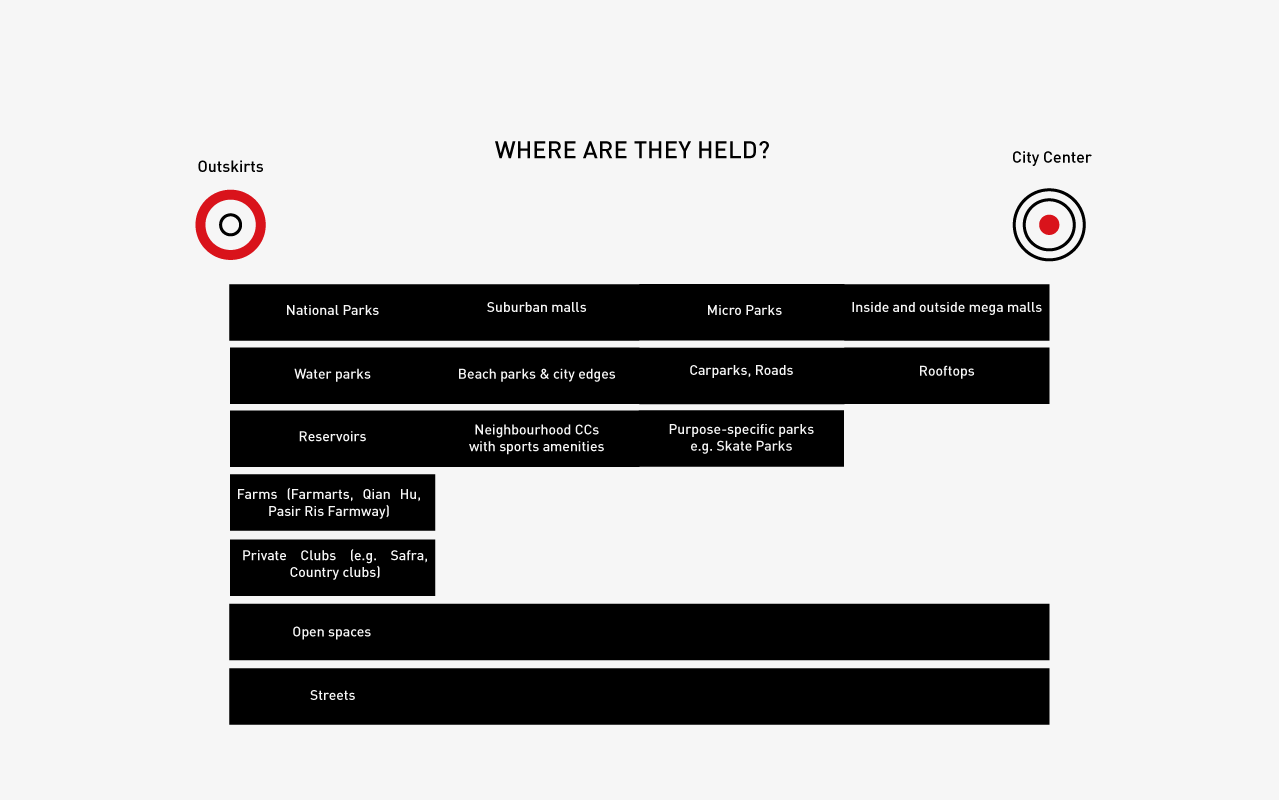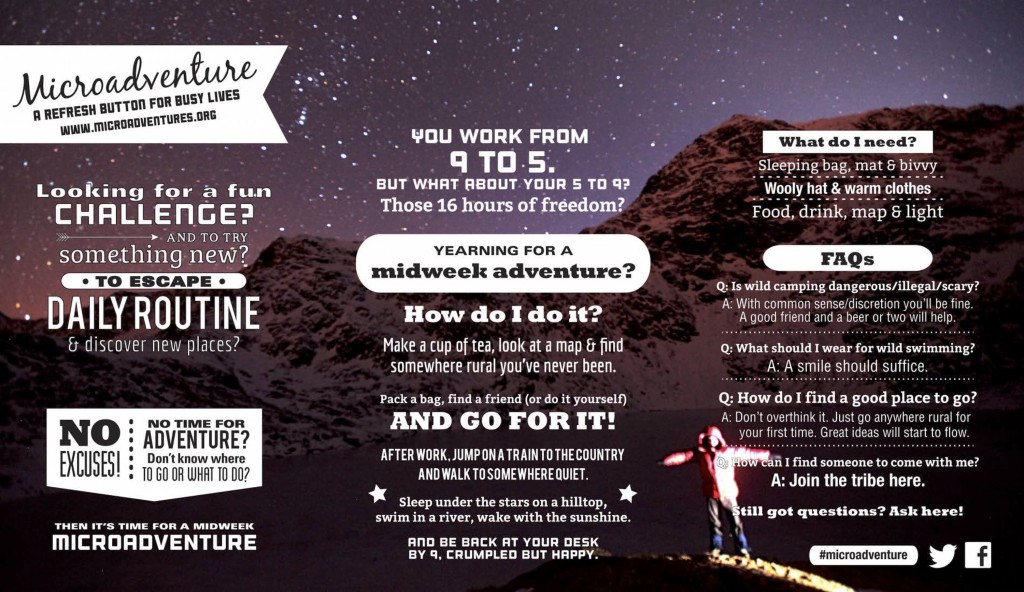Young Urban Professionals and Micro-adventures
Young urban professionals, termed as the yuppies, first appeared in the 1980s, following the gentrification of older neighbourhoods. Aged 20 – 30s, the urban middle-class professionals with an income of $30000 and above are a high preference for old and rejuvenated neighbourhoods with lower rent prices (in the earlier classification). They love the arts and culture, rejects the mainstream, are idealistic, college-educated, are thirsty for success, are extremely conscious of health and wellbeing and loves to be autonomous. In the Singapore context, this phenomenon of the rising socio-economic group came into attention in the gentrified Tiong Bahru Estate. From the 1980s, many terms have surfaced to define similar but different social groups based on their ideologies – the 1960’s Hippies, the Gen Y or the millennials (born around 1980s-2000s), the Yuccies (Young urban creatives, defined in the 2010s). There is no clear definition of age and time, but clearly, they are radical about ideas on lifestyle, politics, freedom, etc. Generally, young urban professionals encompass a broad category of members of a socio-economic group comprising young professional people working in cities (Oxford Dictionary).
The yuppies and their lifestyles could have redefined city spaces. In the 1980s gentrification, some authors have defined the gentrified cities as cities on an urban discourse of loss, in terms of population, commercial spaces, public space and community spirit. Shopping streets were redeveloped to feature an over-representation of food and fashion stores of big global companies, leading to homogenised urban streets. Public spaces are increasingly privatised, regulated, and aestheticised – they are exclusive. The sense of community (or kampung spirit in Singapore) has shrunk. With less public space planned and allocated for activities, urban professionals are meeting their needs by appropriating spaces. For example, students study at fast food restaurants and cafes because.
The yuppie lifestyle and preference points towards seeking experiences and journeys which offer respite from their everyday lives, that offers them insight into other’s life and culture and return invigorated, refreshed with new perspectives. One way of seeking respite is through tourism: It comes with many purposes, for example, food tourism, adventure tourism, geo tourism, eco-tourism etc; And in a variety of scale: international, between nations and between cities. While the work-centric urban professionals like having adventures, they have monetary and time considerations. Realistically there is always a trade-off between time, money, and a “life”. The more costly or time-consuming these larger scaled these adventures are, the smaller the frequency of going for these trips.
Micro adventure is a term coined by British adventurer, writer Alastair Humphreys. Micro adventure is a state of mind; they are perspective shifting bursts of travel closer to home, for normal people with real lives. Adventurers have a free choice in location, duration and scope, and there is as little barrier as to what it really is. They start with a challenge and goal. In his practice, Alastair’s micro adventures are small local trips that begin and end at his doorstep. Alastair devised a series of 10 challenges and encouraged adventurers to take them up and document them in 4-minute video trips. The term is often loosely used, especially in the Singapore context. Crowdsourced pictures with #microadventures would show that some would call a picnic, or a bike trip a micro adventure, although the challenge to self might not be obvious, other than to reach the desired destination.
In Singapore, there is far less variety of micro-adventures, unlike the foreign counterparts. Singaporeans have a limited natural land, and no access to the varieties of adventures that utilises natural geographic landforms such as water rafting, that requires little or no costs. (“Mock” alternatives such as water rafting and surfing at Sentosa Cove is painfully expensive for the average Singaporean. It loses its novelty after awhile, too.) To learn about the trends of Singaporeans and the activities they engage in, I researched about general leisure activities, which may or may not be perspective shifting, provide a challenge, and may have short term or long term goals.
Plenty of interest groups on meetup.com.sg and other crowdsourced initiatives based online organise micro adventures like biking to Malaysia, yoga trips, farm visits, free-running challenges and movie screenings and so on. These are often carried out in parks (Marina Barrage) and in urban centres: spaces that are empty, like rooftops or rooftop gardens, spaces connected with mega malls such as Vivocity and Ngee Ann City, on the wide streets of Orchard Road, just to name a few. Outside the city fringe, activities often are held in beach parks, suburban malls, reservoirs, farms, neighbourhood playing courts and private clubs. From my own observation, the most common micro adventure is short distance travelling. One interesting observation is free running, an activity that runners treat buildings and its features as obstacle courses and devise a set of physical routines to fulfil the obstacle. It is a means of appropriating spaces, learning about a place by its nooks and crannies and planning an interesting way of travelling within it.
Some observations/trends/questions:
- Appropriation of existing space for leisure activity
- Paid-for leisure saves more time than unplanned micro adventures. Time is money for working professionals, the higher the income, professionals are more willing to spend on leisure, (Maslow’s hierarchy) as long as the basic needs are satisfied. Hence the higher income, the higher propensity to spend on recreation.
- The value that each person puts in micro adventures depends on perspective – who they are, what their interests and needs are.
- 5-9pm (weekends and weekdays) is a short, yet realistic amount of time to commit for micro adventures for working adults in Singapore. A good micro adventure should be able to fit within these 4 hours, inclusive of travelling time. This would mean that activities have to be catered to the evening and night time span.
- What can novelty bring?
- Is the intention of the micro adventure or the destination more important in a micro adventure located in Singapore?
- When interacting with strangers who share a similar interest, the agenda is important, because the quality interaction is important.
(Mapping will be uploaded later.)
